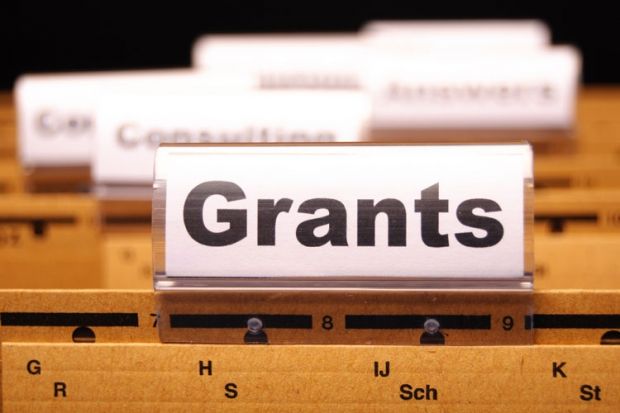Leverhulme Trust
Early Career Fellowships
These offer salary costs for researchers at the beginning of their academic careers, providing them with the opportunity for advancement and enabling them to undertake significant pieces of original publishable research. The awards are worth up to 50 per cent of each fellow’s salary to a limit of £23,000.
- Award winner: Teodor Mladenov
- Institution: King’s College London
Moral identities and contemporary social policy: the case of disability
- Award winner: Ros Murray
- Institution: Queen Mary, University of London
Carole Roussopoulos and the rise of feminist video collectives in 1970s France
- Award winner: James Christopher Robinson
- Institution: Durham University
The medieval dialogue of reason and belief in Modernist poetry
- Award winner: Eline van Asperen
- Institution: Liverpool John Moores University
Establishing fungal spores as a proxy for herbivore impacts on “natural” forests
Biotechnology and Biological Sciences Research Council
Research grants
- Award winner: Sarah O’Connor
- Institution: University of East Anglia
- Value: £377,409
Redox enzymes required for construction of the Ergot alkaloid framework
- Award winner: Helen Birch
- Institution: University College London
- Value: £690,874
Integrating modelling and experimental approaches to investigate adventitious age-related collagen crosslinking in skeletal tissues
- Award winner: Che Connon
- Institution: University of Reading
- Value: £579,831
Investigation of optimal gel conditions for stem cell preservation at room temperature and scaling up of selected methodology
- Award winner: Diana Williams
- Institution: University of Liverpool
- Value: £436,095
Improving the control of liver fluke infection in cattle in the UK
- Award winner: Matthew Wills
- Institution: University of Bath
- Value: £118,765
Pluto – Phyloinformatic literature unlocking tools. Software for making published phyloinformatic data discoverable, open and reusable
Royal Society
University Research Fellowships
- Award winner: Philip King
- Institution: University of St Andrews
- Value: £456,116
Electronic structure engineering of novel topological phases
- Award winner: Stanislav Zivny
- Institution: University of Oxford
- Value: £406,1
Optimisation of separable functions
In detail

Award winner: Kate Hendry
Institution: University of Bristol
Value: £473,923
The role of ocean circulation on the marine silicon cycle and global climate
This project investigates “diatoms” – a large and diverse group of photosynthetic algae that play a pivotal role in the silicon cycle. Dr Hendry’s research will focus on how we can use diatoms’ opal skeletons not only to learn more about how they grow, but also to piece together data on earlier periods of climate change. “My research will shed light on how ocean circulation can influence diatom growth…and life on Earth,” she said. “I hope to discover more about how the oceans respond to and drive large-scale climate change.”
